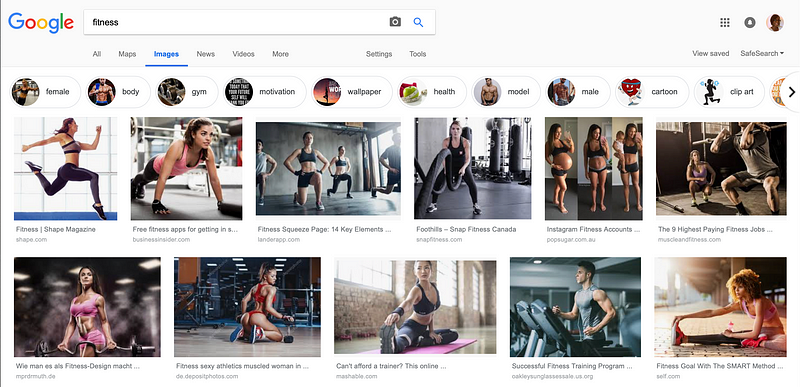How I Found Spaces Where I Felt At Home As a Black Women in Tech

Being the only black face in the room is difficult. Here’s why I sought out spaces where I felt at home.
I’ve always been aware that I’m black. I’ve also always been aware from a young age, that being black meant I was different, and incidents told me this wasn’t a “good” thing.
My parents never sat down and explained to me what being black and female meant, but as a child, I knew. I knew it when kids would make fun of my name in primary school. I knew it when a classmate told me I couldn’t play Baby Spice because I didn’t look like her. I knew it in high school when my drama teacher said she’d love to cast me as Rizzo in Grease, but she needed to give it to someone that it “made more sense for.”
These are a handful of experiences where it was implicit or explicit to me that being black meant I didn’t belong in color spaces.
Fast forward fifteen years, and I’m now a marketer working in tech. I’m still not represented in the spaces I frequent, although diversity in tech is one of the hottest topics right now. Whenever I’ve interviewed for a role, or I’m researching a tech company for fun, I’m disappointed — but not surprised, when I scroll through LinkedIn or their team page, and 98% of the company is white.
In tech, I’m a black face in a white space.
I’m also a qualified personal trainer and an avid weightlifter. When I lived in London, I often would be the only black woman in the gym. The wellness and fitness industry, like the technology industry, is predominantly white.

A Google image search for ‘fitness.’
This isn’t to say that people of color don’t work out or have serious purchasing power in the wellness industry — in fact, research says the opposite — but we’re still not represented. The image of “fit/active/healthy” is white.
Finding comfort
Twitter has been monumental for me to find and connect with people of color in the tech industry. And, importantly for me, other black female marketers in tech (we’re a rare breed…or are we 🧐).
Communities like YSYS, Makers by Product Hunt and Non Tech Tech, have to lead me to Slack channels filled with people who look! Like! Me! It’s empowering to be (virtually) surrounded by my peers doing great things, forcing change, and bringing other people of color along for the journey 💪🏾.
Making change
When it comes to fitness — my other passion — there aren’t any spaces I’ve found to frequent. I follow Black Girl in Om (even though I’m not a yogi and not based in the USA) and lament that I’m unable to attend their Self Care Sunday’s. I’ve joined communities like Tone It Up, Sweat by Kayla Itsines, and The Body Coachcolorbut I left them because I didn’t see myself represented.
It’s clear to me that the wellness industry has a diversity problem. So, I’m going to be part of the change. My side project, agbara, is a fitness community for women of color. I’ll launch it next year, and if you’re a woman of colour into fitness, I hope you’ll find comfort there too.
Finding comfort in space where you belong isn’t only about seeing other people who look like you. To quote Judith Kasiami — a black woman who called out the outdoor brand MEC for their lack of diversity in their advertising:
“representation matters, because role models define what is possible.”



